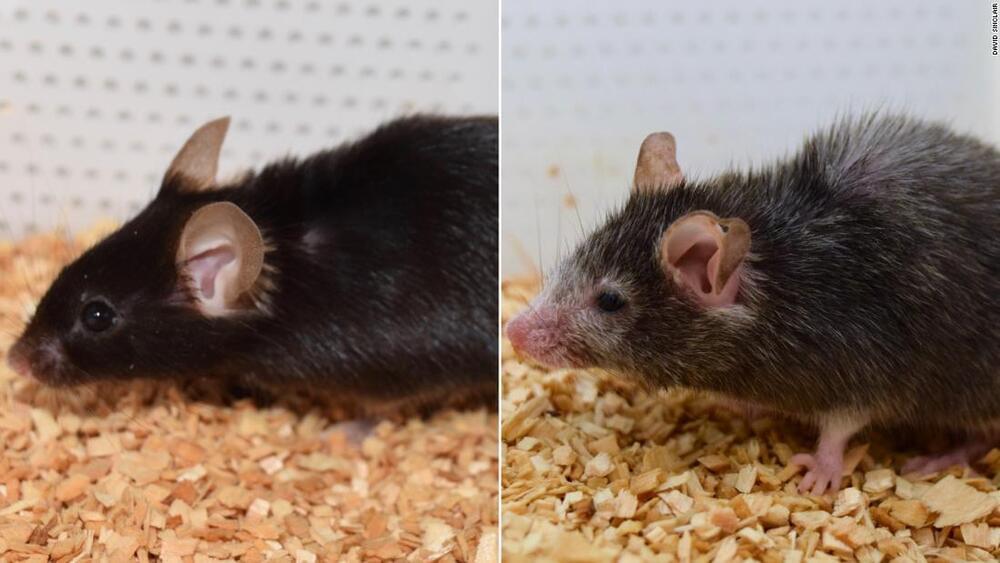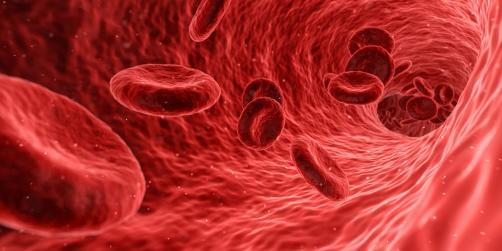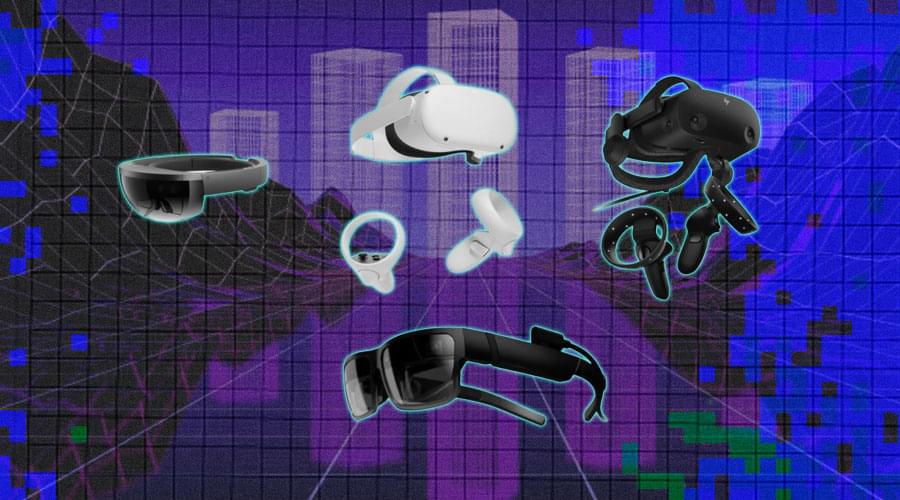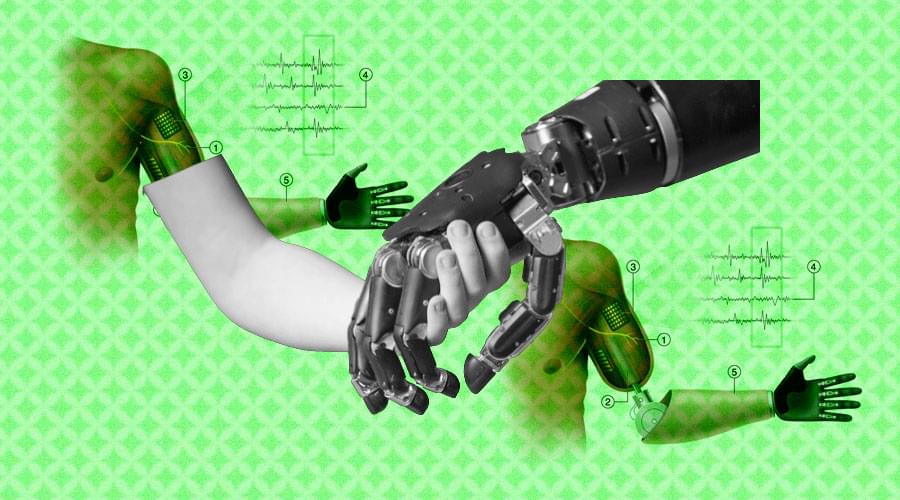Archive for the ‘biotech/medical’ category: Page 781
Aug 2, 2022
The ‘Benjamin Button’ effect: Scientists can reverse aging in mice. The goal is to do the same for humans
Posted by Claudio Soprano in categories: biotech/medical, life extension
Scientists at the University of Virginia School of Medicine and their collaborators have used DNA to overcome a nearly insurmountable obstacle to engineer materials that would revolutionize electronics.
Scientists around the world are scurrying to reverse the hands of time. Here’s a look at one lab’s search for the fountain of youth, where old mice have grown young again.
Aug 2, 2022
High Cholesterol May Be a Thing of the Past Using Gene Therapy
Posted by Len Rosen in categories: biotech/medical, nanotechnology
New gene therapy could end high cholesterol responsible for strokes and heart attacks.
The therapy is a one-and-done treatment unlike being on statins or taking monoclonal antibodies. It will make a permanent change to liver cells and stop them from producing the PCSK9 protein. The edits will pass on to the next generation of cells when they divide. That means that even if the therapy is initially expensive, the lifetime cost should prove to be comparable if not lower than current alternatives.
The therapy is delivered to the liver cells in lipid nanoparticles, the same technology being used by mRNA Covid-19 vaccines. The pandemic has created manufacturing capacity for this type of therapeutic delivery which is helping to lower costs.
Continue reading “High Cholesterol May Be a Thing of the Past Using Gene Therapy” »
Aug 2, 2022
Metaverse Headsets and Smart Glasses are the Next-gen Data Stealers
Posted by Jose Ruben Rodriguez Fuentes in categories: augmented reality, biotech/medical, internet, media & arts, privacy, robotics/AI, security, virtual reality
View insights.
In a paper distributed via ArXiv, titled “Exploring the Unprecedented Privacy Risks of the Metaverse,” boffins at UC Berkeley in the US and the Technical University of Munich in Germany play-tested an “escape room” virtual reality (VR) game to better understand just how much data a potential attacker could access. Through a 30-person study of VR usage, the researchers – Vivek Nair (UCB), Gonzalo Munilla Garrido (TUM), and Dawn Song (UCB) – created a framework for assessing and analyzing potential privacy threats. They identified more than 25 examples of private data attributes available to potential attackers, some of which would be difficult or impossible to obtain from traditional mobile or web applications. The metaverse that is rapidly becoming a part of our world has long been an essential part of the gaming community. Interaction-based games like Second Life, Pokemon Go, and Minecraft have existed as virtual social interaction platforms. The founder of Second Life, Philip Rosedale, and many other security experts have lately been vocal about Meta’s impact on data privacy. Since the core concept is similar, it is possible to determine the potential data privacy issues apparently within Meta.
There has been a buzz going around the tech market that by the end of 2022, the metaverse can revive the AR/VR device shipments and take it as high as 14.19 million units, compared to 9.86 million in 2021, indicating a year-over-year increase of about 35% to 36%. The AR/VR device market will witness an enormous boom in the market due to component shortages and the difficulty to develop new technologies. The growth momentum will also be driven by the increased demand for remote interactivity stemming from the pandemic. But what will happen when these VR or metaverse headsets start stealing your precious data? Not just headsets but smart glasses too are prime suspect when it comes to privacy concerns.
Continue reading “Metaverse Headsets and Smart Glasses are the Next-gen Data Stealers” »
Aug 2, 2022
In DNA, scientists find solution to building superconductor that could transform technology
Posted by Dan Breeden in categories: biotech/medical, computing
Scientists at the University of Virginia School of Medicine and their collaborators have used DNA to overcome a nearly insurmountable obstacle to engineer materials that would revolutionize electronics.
One possible outcome of such engineered materials could be superconductors, which have zero electrical resistance, allowing electrons to flow unimpeded. That means that they don’t lose energy and don’t create heat, unlike current means of electrical transmission. Development of a superconductor that could be used widely at room temperature—instead of at extremely high or low temperatures, as is now possible—could lead to hyper-fast computers, shrink the size of electronic devices, allow high-speed trains to float on magnets and slash energy use, among other benefits.
One such superconductor was first proposed more than 50 years ago by Stanford physicist William A. Little. Scientists have spent decades trying to make it work, but even after validating the feasibility of his idea, they were left with a challenge that appeared impossible to overcome. Until now.
Aug 2, 2022
What can sea squirts tell us about neurodegeneration?
Posted by Nicholi Avery in categories: biotech/medical, life extension, neuroscience
𝐖𝐡𝐚𝐭 𝐜𝐚𝐧 𝐬𝐞𝐚 𝐬𝐪𝐮𝐢𝐫𝐭𝐬 𝐭𝐞𝐥𝐥 𝐮𝐬 𝐚𝐛𝐨𝐮𝐭 𝐧𝐞𝐮𝐫𝐨𝐝𝐞𝐠𝐞𝐧𝐞𝐫𝐚𝐭𝐢𝐨𝐧?
A tiny marine creature with a strange lifestyle may provide valuable insights into human neurodegenerative disorders, such as Alzheimer’s disease, according to scientists at Stanford Medicine.
Botryllus schlosseri, also called a star tunicate, is humans’ closest evolutionary relative among invertebrates in the sea. Attached to rocks along the coast, it appears as a tiny flower-shaped organism. Star tunicates start life as little tadpole-like creatures with two brains, swimming in the ocean. But eventually they drift down from the surface, settling into a stationary life on a rock, joining a colony of other tunicates.
Continue reading “What can sea squirts tell us about neurodegeneration?” »
Aug 1, 2022
AI can reveal new cell biology just by looking at images
Posted by Genevieve Klien in categories: biotech/medical, information science, robotics/AI
Humans are good at looking at images and finding patterns or making comparisons. Look at a collection of dog photos, for example, and you can sort them by color, by ear size, by face shape, and so on. But could you compare them quantitatively? And perhaps more intriguingly, could a machine extract meaningful information from images that humans can’t?
Now a team of Standford University’s Chan Zuckerberg Biohub scientists has developed a machine learning method to quantitatively analyze and compare images—in this case microscopy images of proteins—with no prior knowledge. As reported in Nature Methods, their algorithm, dubbed “cytoself,” provides rich, detailed information on protein location and function within a cell. This capability could quicken research time for cell biologists and eventually be used to accelerate the process of drug discovery and drug screening.
“This is very exciting—we’re applying AI to a new kind of problem and still recovering everything that humans know, plus more,” said Loic Royer, co-corresponding author of the study. “In the future we could do this for different kinds of images. It opens up a lot of possibilities.”
Aug 1, 2022
An Advanced New Sensors project Giving New Life to Prosthetics and Robotic Limbs
Posted by Jose Ruben Rodriguez Fuentes in categories: bioengineering, biotech/medical, cyborgs, robotics/AI
In medicine, a prosthesis, or a prosthetic implant, is an artificial device that replaces a missing body part, which may be lost through trauma, disease, or a condition present at birth. A pioneering project to develop advanced pressure sensors for use in robotic systems could transform prosthetics and robotic limbs. The innovative research project aspires to develop sensors that provide enhanced capabilities to robots, helping improve their motor skills and dexterity, through the use of highly accurate pressure sensors that provide haptic feedback and distributed touch.
It is led by the University of the West of Scotland (UWS), Integrated Graphene Ltd, and supported by the Scottish Research Partnership in Engineering (SRPe) and the National Manufacturing Institute for Scotland (NMIS) Industry Doctorate Programme in Advanced Manufacturing. This is not for the first time when the team of highly talented researchers have decided to bring the much needed transformative change in prosthetics and robotic limbs.
The human brain relies on a constant stream of tactile information to carry out basic tasks, like holding a cup of coffee. Yet some of the most advanced motorized limbs — including those controlled solely by a person’s thoughts — don’t provide this sort of feedback. As a result, even state-of-the-art prosthetics can often frustrate their users.
Aug 1, 2022
This Paper Battery Is as Powerful as a AA, And Is Activated by Water
Posted by Dan Breeden in categories: biotech/medical, computing
A newly developed, water-activated disposable paper battery promises to make a big impact on single-use electronics – those temporary gadgets used in medical and industrial fields where electronic waste can quickly start piling up.
The battery that has been demonstrated by researchers is biodegradable, made from sustainable materials, and cheap to put together. What’s more, it can be produced in a variety of shapes and sizes as needed.
To give an idea of the power, a two-cell battery made using the technology was enough to power an LCD alarm clock. While it won’t be charging up your laptop anytime soon, there’s lots of potential for low-powered sensors and trackers.
Aug 1, 2022
The Age of Brain-Computer Interfaces Is on the Horizon
Posted by Paul Battista in categories: biotech/medical, computing, neuroscience
Synchron has implanted its BCI in a US patient for the first time—bringing it a big step closer to distribution.


















